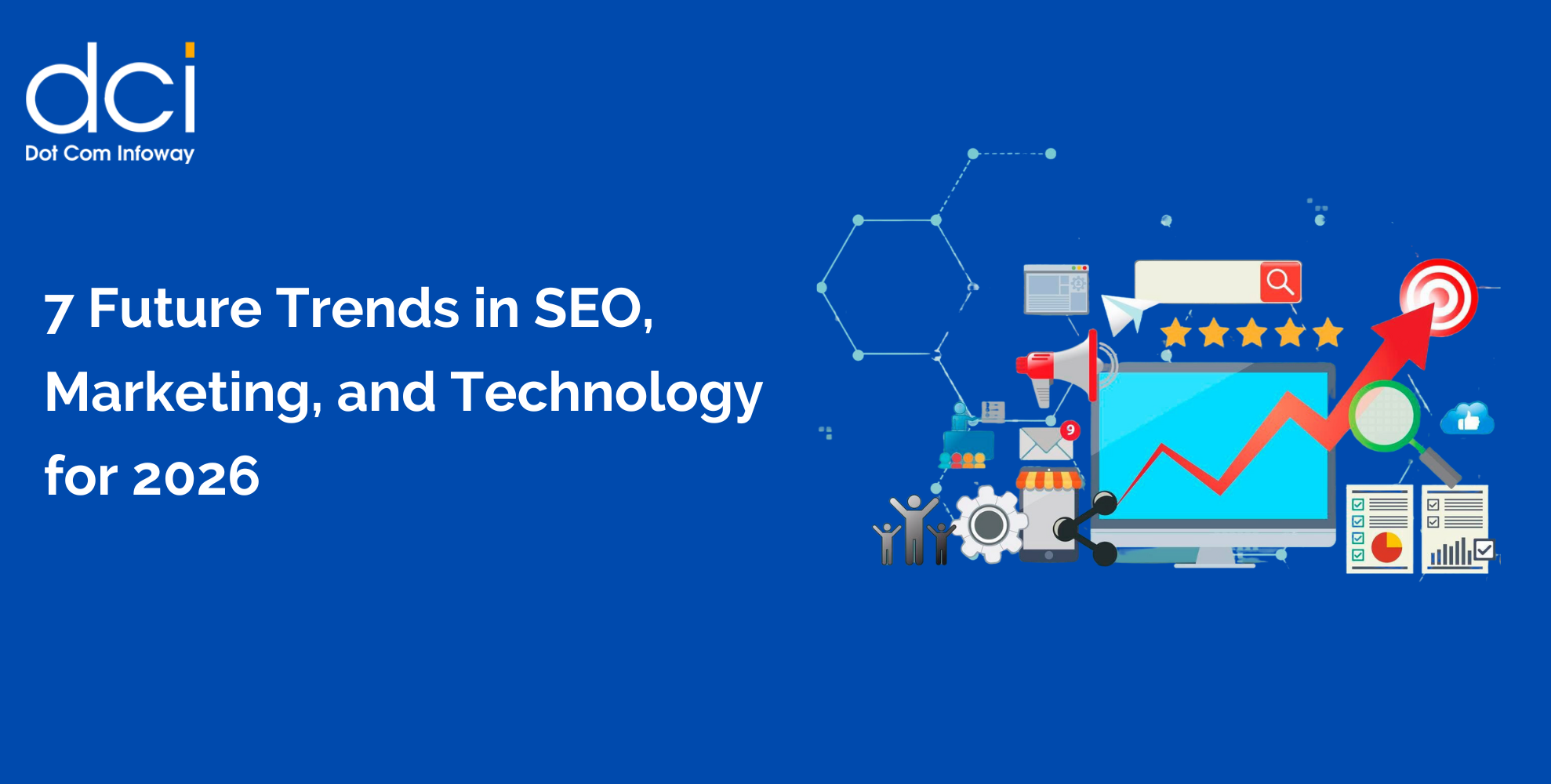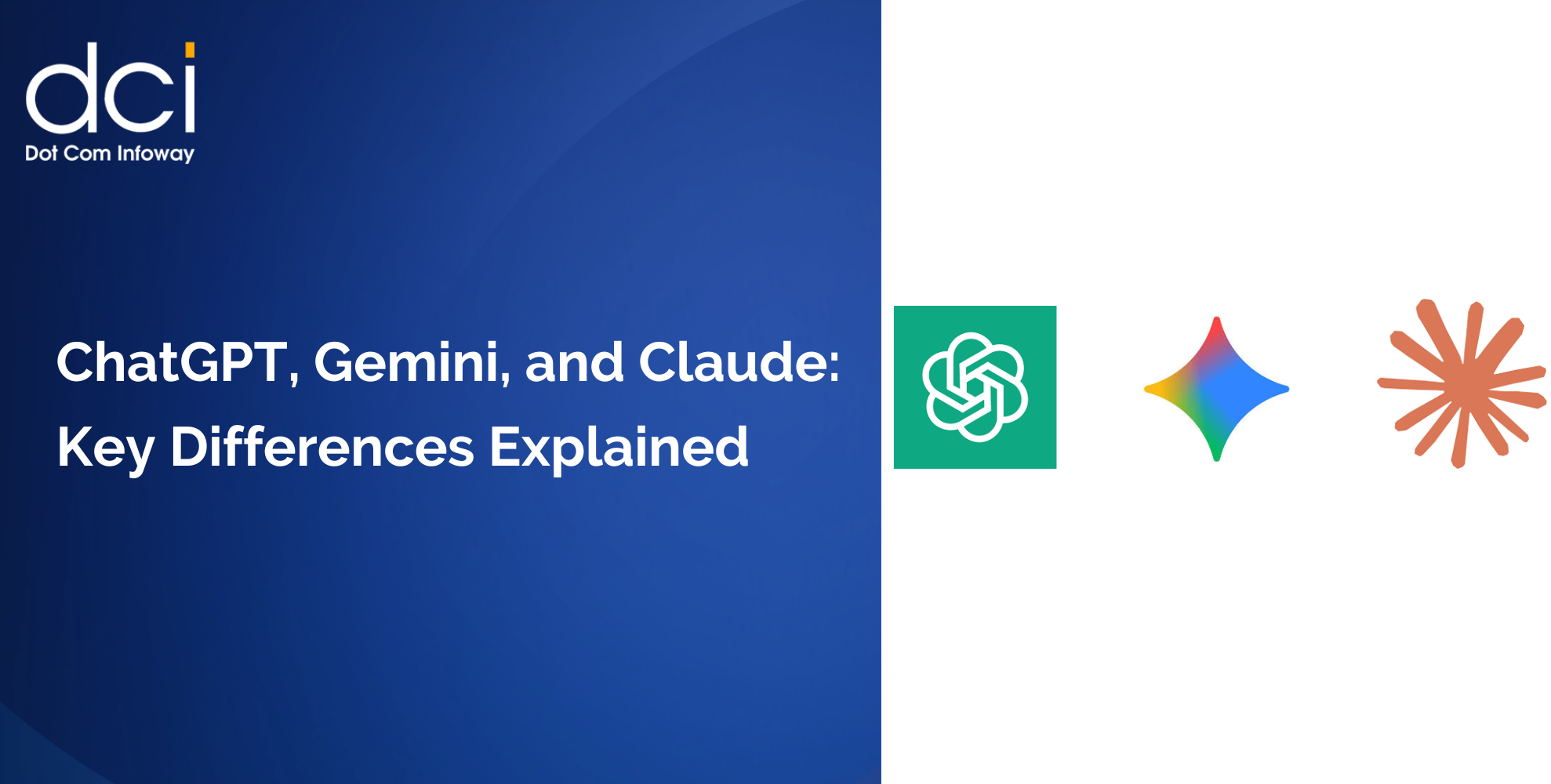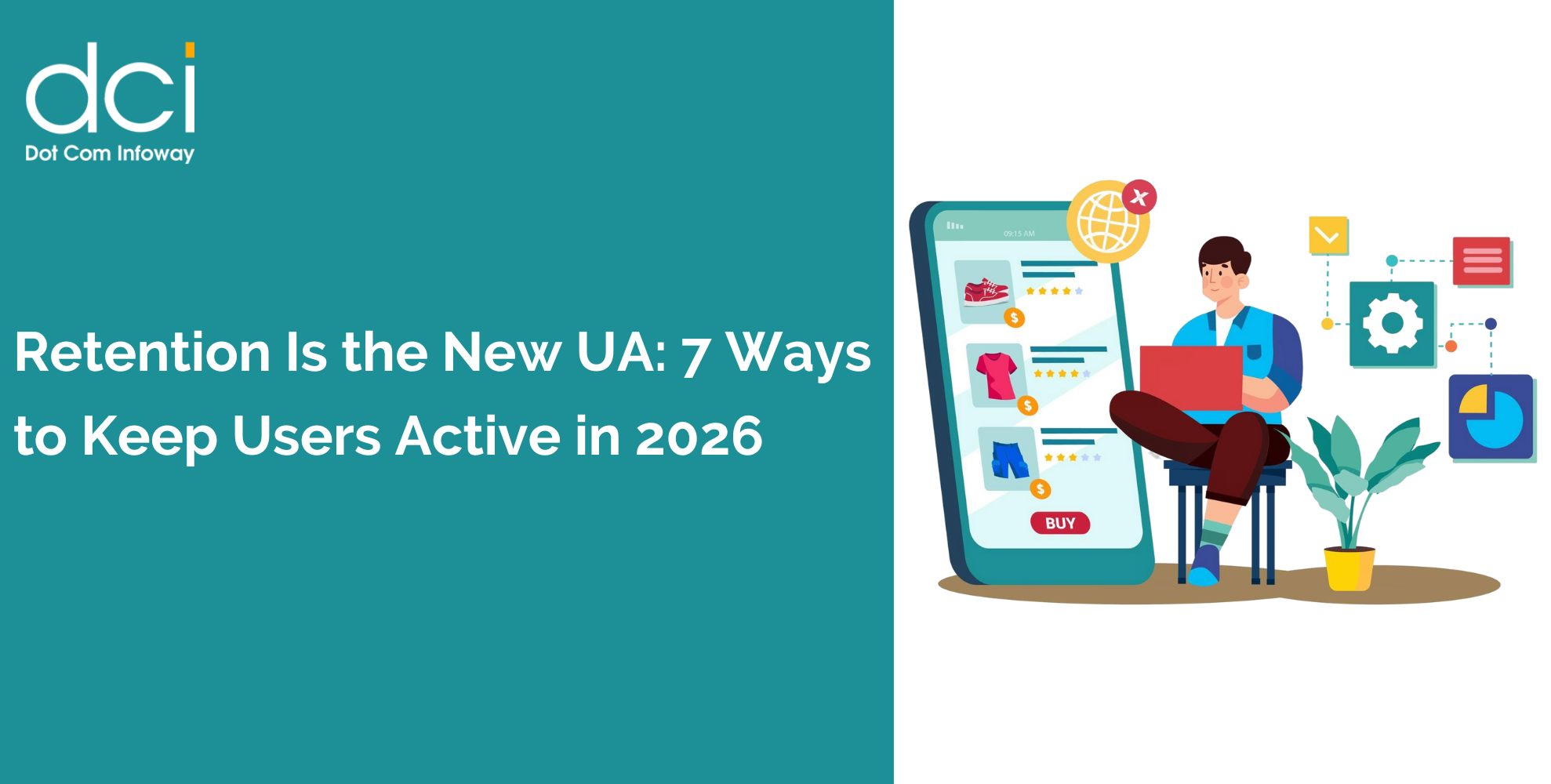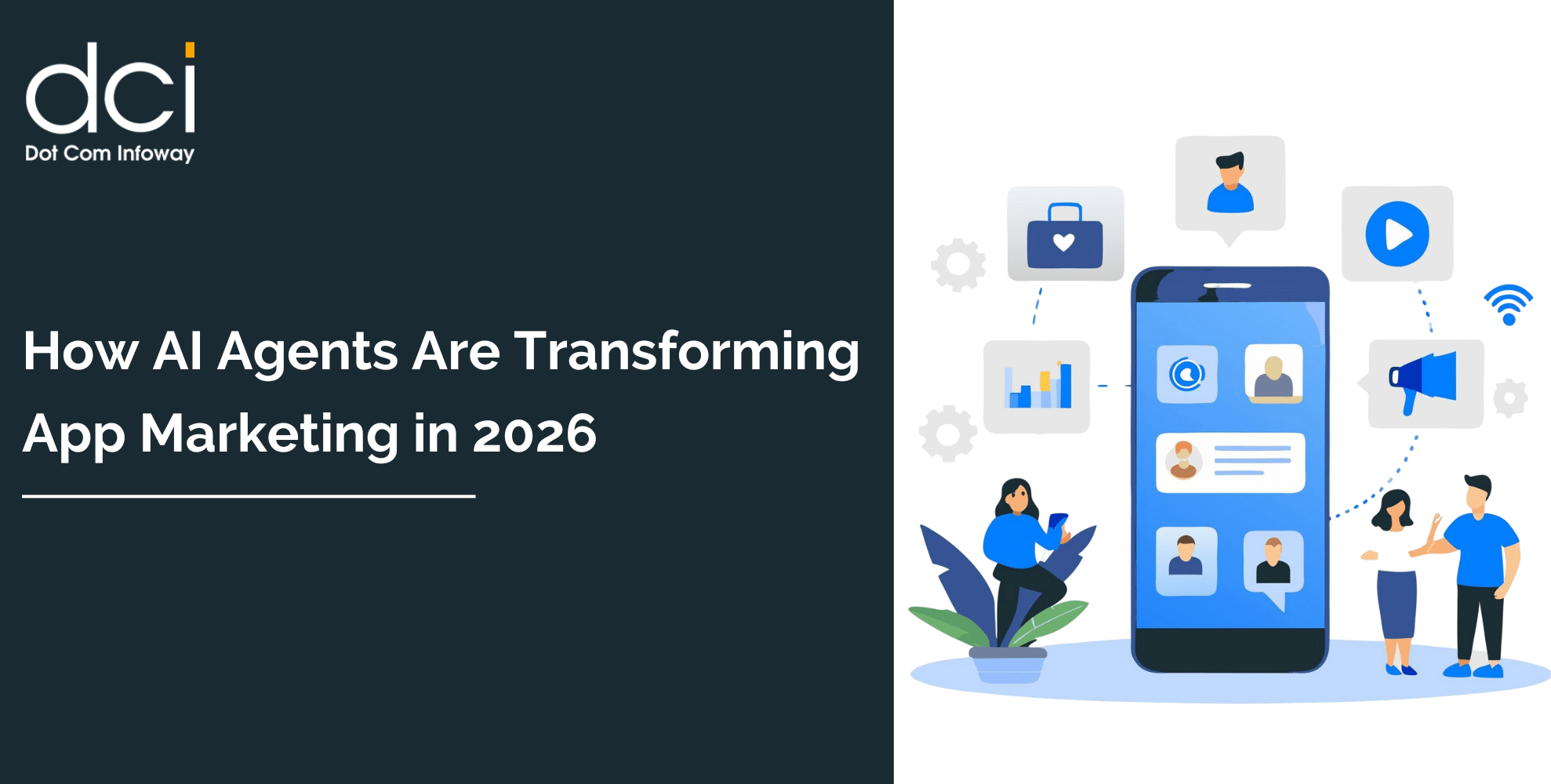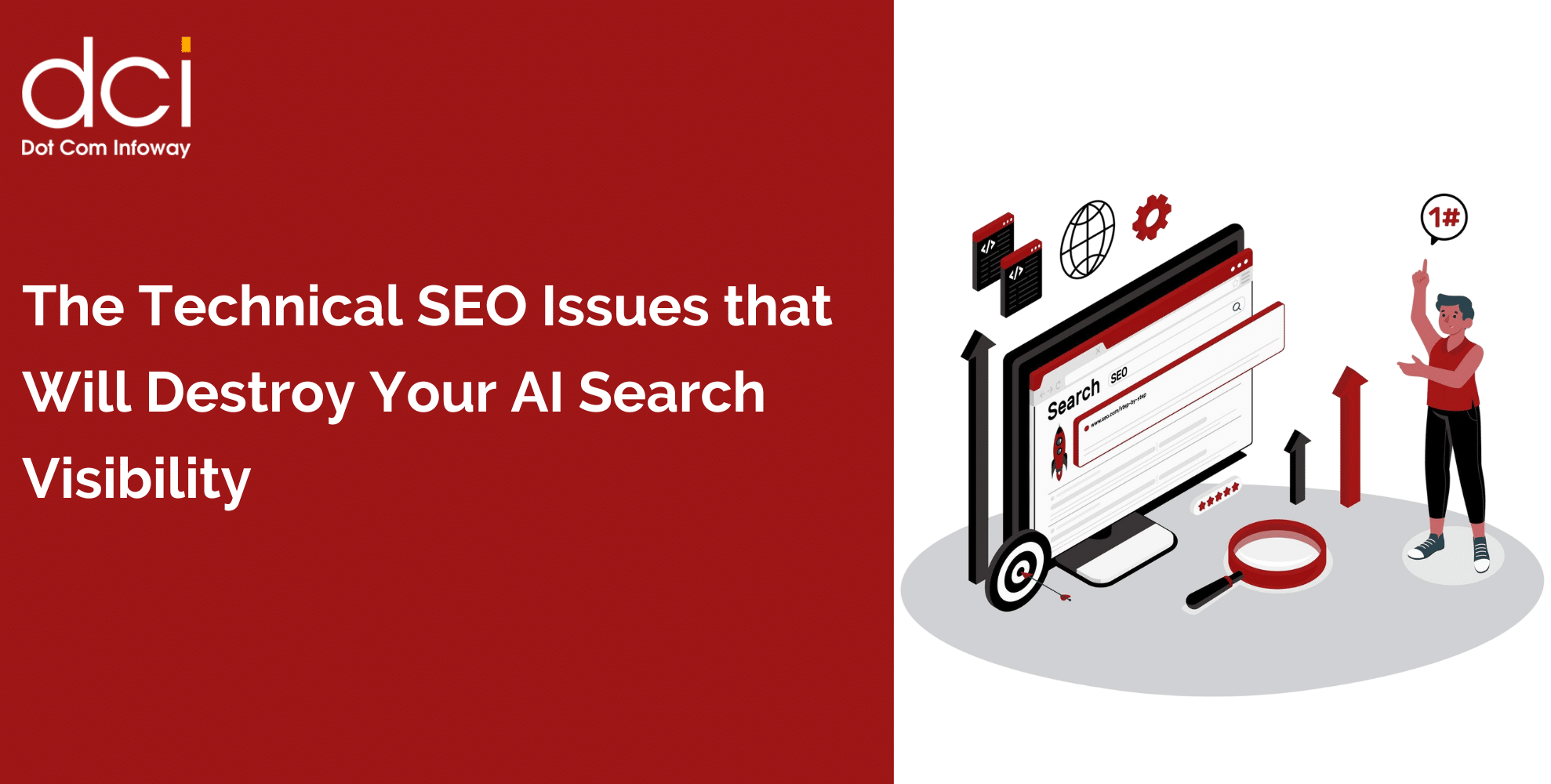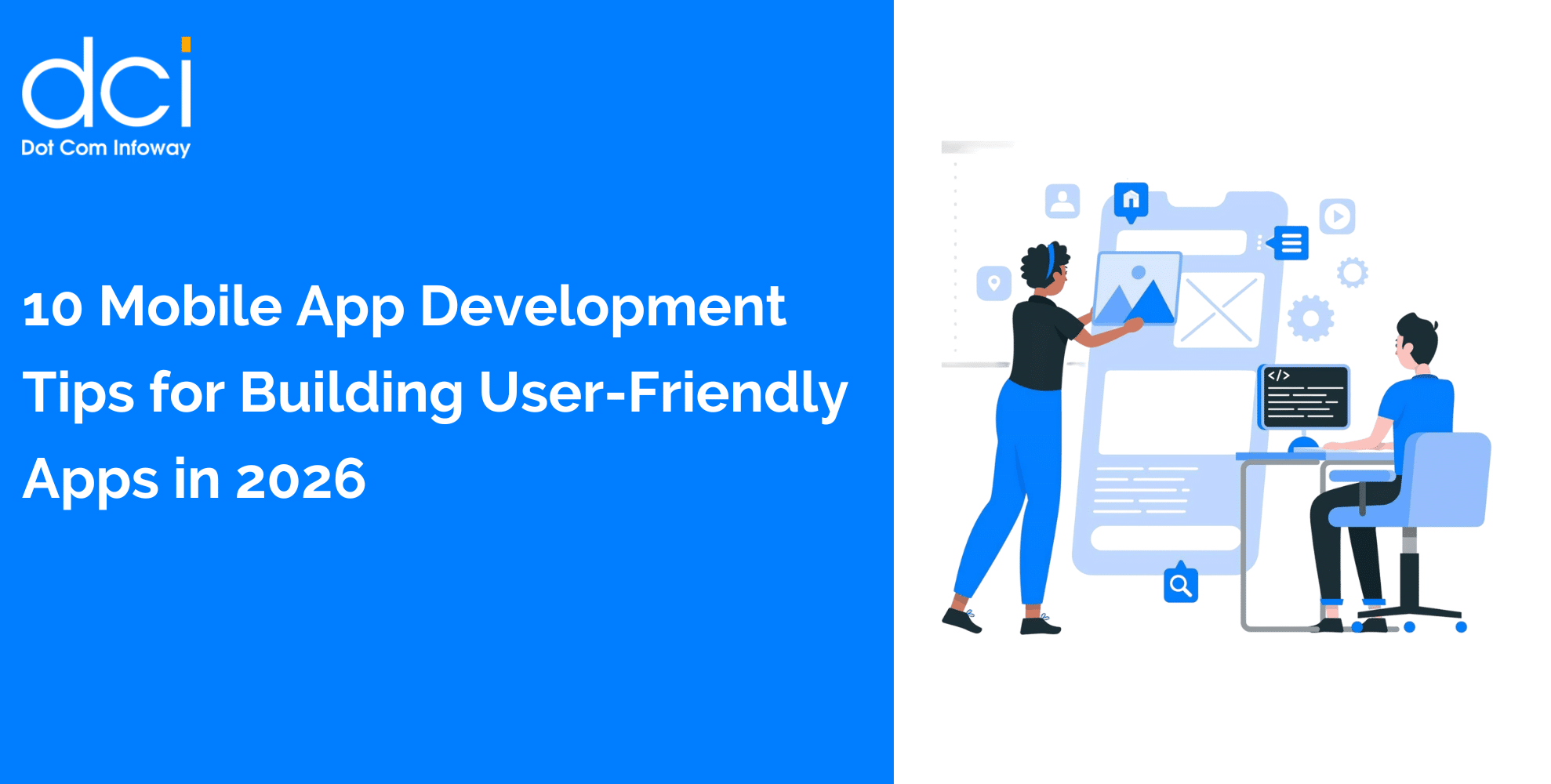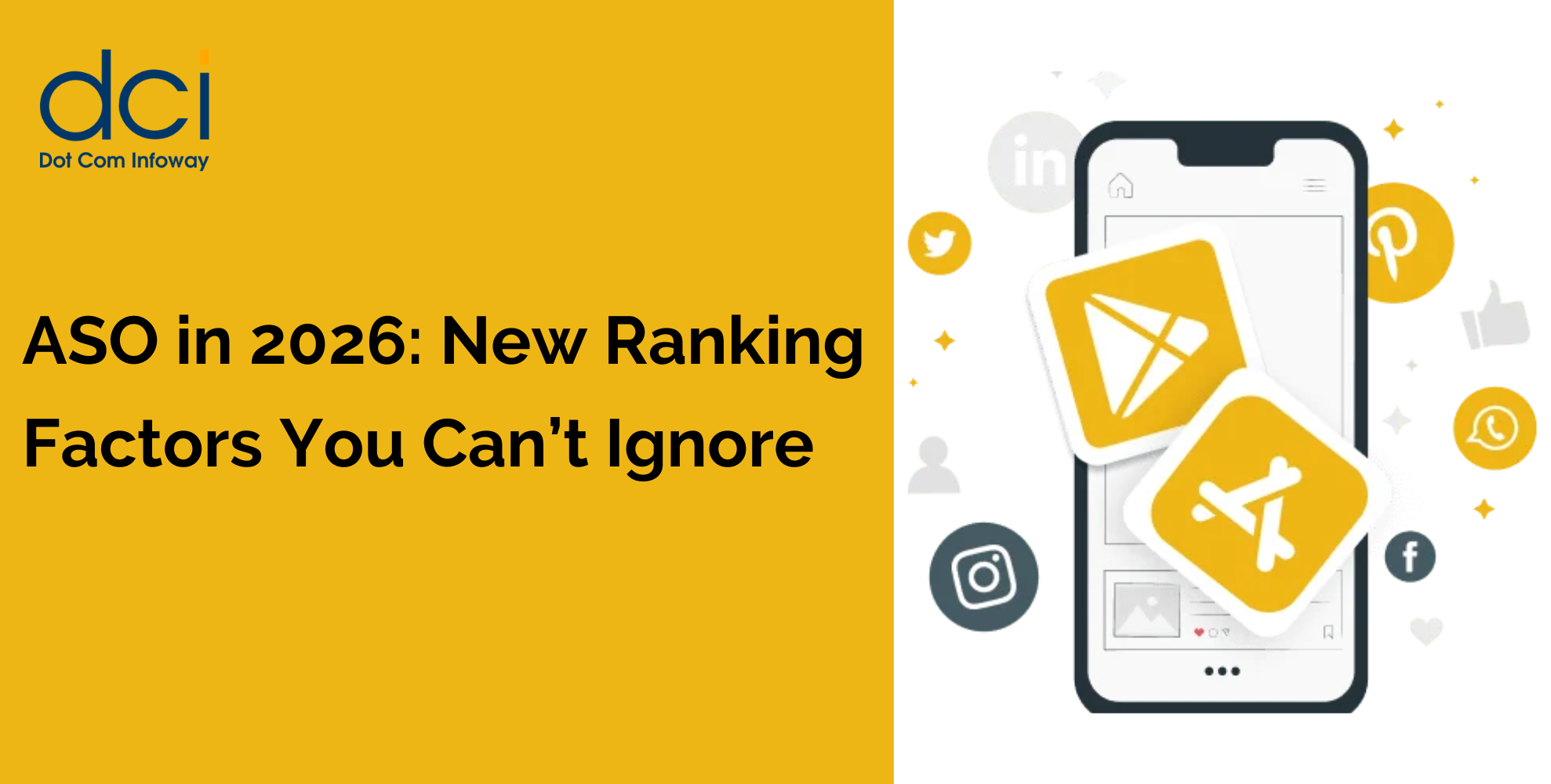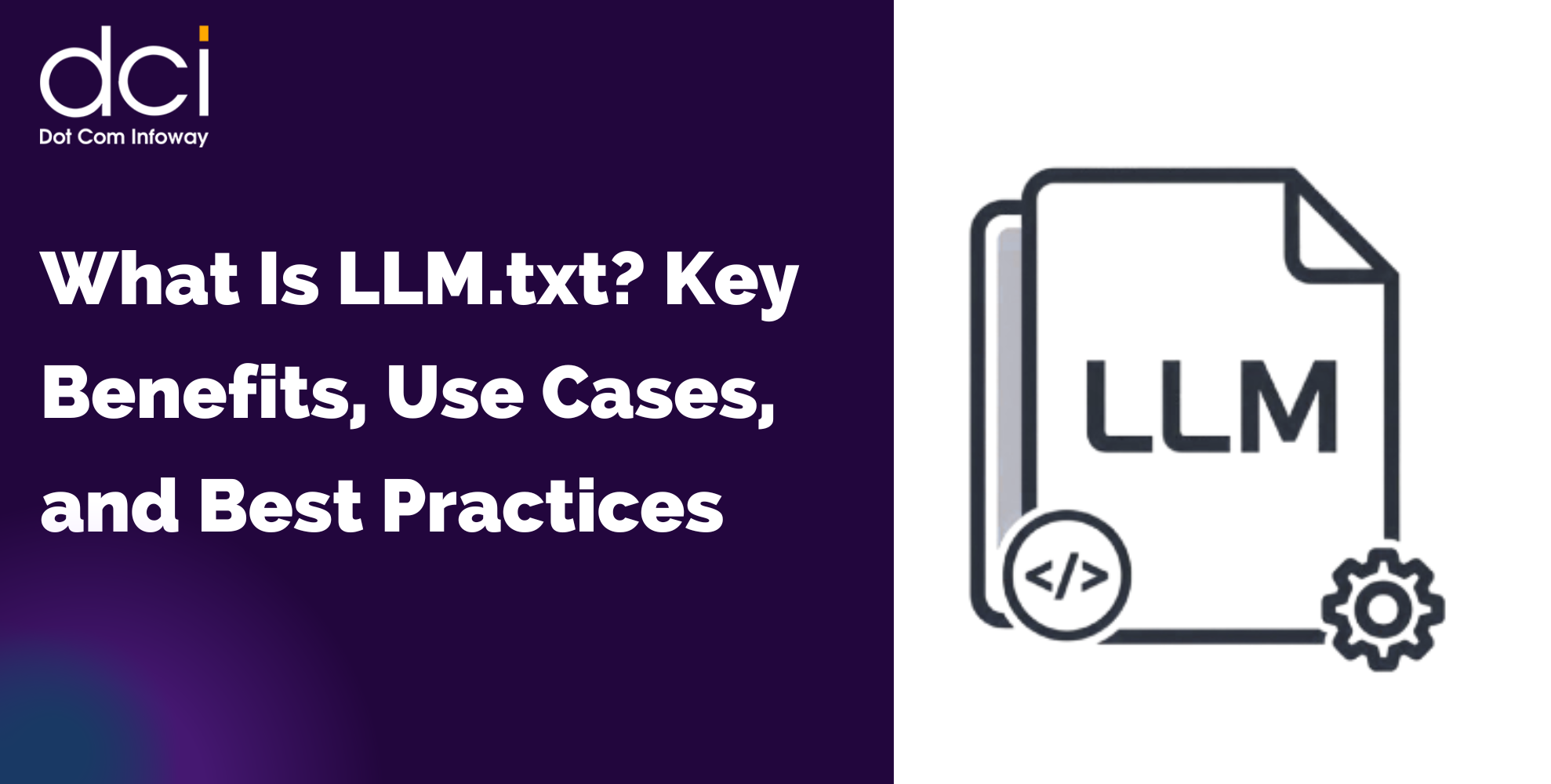About Traditional Marketing
Besides broadcasted and printed media, traditional marketing also involves the use of channels like telemarketing and direct mail. Printed platforms like magazines and newspapers are but some of the best tools used by traditional marketing. We also can’t deny the fact that many of us still respond to billboards, posters, and window signs and displays.
Companies still continue to use fliers and brochures to advertise their services. Even tradeshows and so-called word-of-mouth marketing still fall under this wide umbrella, and without a doubt, people still do them and benefit a lot from them. This is why traditional marketing, as we know, can’t be considered as dead.
What Recent Stats Say About Traditional Marketing
- In the US alone, dips in traditional marketing spending have continued to happen since 2012. In February 2021, companies’ traditional marketing spendings have shown to be in the negative at -0.2%.
- The coronavirus pandemic heavily impacted the entire marketing industry. However, it hit traditional marketing the most, especially between February 2020 and June 2020.
- 2015 was the year when the exact shift of preference from traditional marketing to digital marketing took place in the majority of companies.
- As of this writing, traditional marketing is at least 60% more costly than digital marketing like content marketing.
- Despite the waning of traditional marketing as a whole, printed marketing in newspapers and magazines is still alive and well. Print advertising is slated to reach $44 million in 2021. However, this is estimated to decrease to $35 million by 2025.
- Even now, word-of-mouth marketing still works because up to 92% of people still prioritize recommendations from friends and family over anyone else.
- Billboard and outdoor advertising, in general, are still rising and is expected to become an $81 billion industry by 2023.
- Phone calls convert 10x to 15x more than website leads.
About Digital Marketing
Almost any kind of marketing done using online means can be considered as digital marketing. This includes relying on SEO to rank high for search engine searches, social media marketing, email marketing, the creation and design of websites, among others.
Many companies love digital marketing precisely because it provides an almost equal opportunity for everyone to succeed. There’s usually no monopoly, and the ones that come up with the best strategies usually reap their well-deserved rewards. Equally numerous enterprises love the fact that these digital platforms tend to cost far cheaper while being considered cost-effective.
What Recent Stats Say About Digital Marketing
- Worldwide digital ad spend is expected to reach $390 billion in 2021 alone.
- 64% of marketers invest primarily in Search Engine Optimization.
- Content marketing typically generates thrice the number of leads compared to conventional marketing.
- Up to 88% of B2B marketers now prefer to conduct content marketing.
- Conversion tends to be 6x higher in digital marketing.
- Up to 80% of people trust online reviews.
- Social media ad spendings in the US alone was more than $40 billion in 2020.
- The average cost of CPA for paid search is close to $50.
- Mobile display ad expenditures totaled more than $60 billion in 2020, which is still in tune with eMarketer’s projection.
- Omnichannel campaigns tend to perform better than their single-channel counterparts. Customer retention rate is at least 90% higher, and there’s at most a 250% higher purchase frequency rate.
Digital Marketing vs Traditional Marketing
| Traditional Marketing |
Digital Marketing |
| Relies on conventional channels and other relevant platforms to conduct marketing communication. This includes newspapers, TV, referrals, billboards, magazines, etc. |
Makes use of digital platforms like email, search engines, websites, social media, and other channels available on the internet. |
| Converts slowly |
Converts quickly |
| Low engagement |
High engagement |
| Tends to be unchanging |
More dynamic |
| Follows a standardized approach when promoting and communicating |
More open to customizations |
| Has a limited, usually local reach |
Easier to promote globally |
| Normally relies only on one-way communication |
Affords two or more ways to communicate |
| Ads are static. People have no choice but to view them |
People are given the choice of whether they want to view the ad or not |
| Tends to cost more |
Usually more budget-friendly |
| Results of campaigns take a long time to account |
Faster results that pave the way to better, quicker decision-making |
| Difficult to track users and customers |
Relatively easier to track users because analytics tools are readily available |
| Ad tweaking, once set, is hard and close to impossible |
Ads can be improved with ease, making A/B testing always possible |
| Naturally more personal in its approach |
The lack of the need for the marketers’ physical presence may make it hard to establish more intimate, person-to-person relationships |
| Makes it hard to interact with customers or respond to their needs and queries quickly |
Websites and social media marketing allow marketers to engage with more of their audience better |

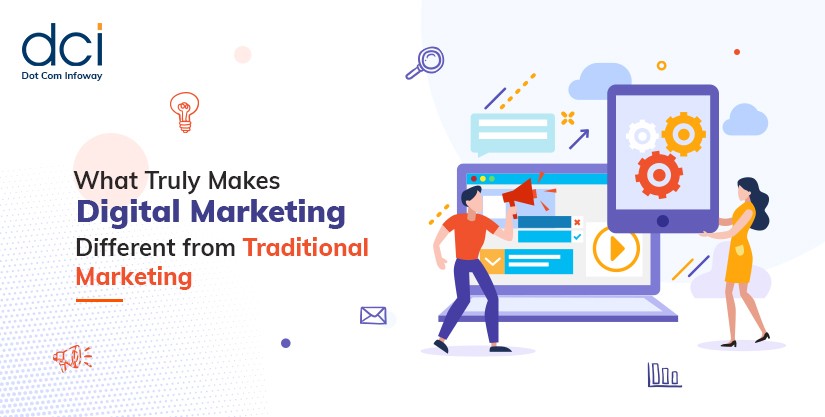
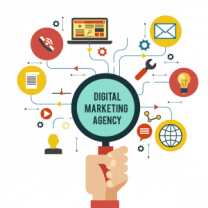
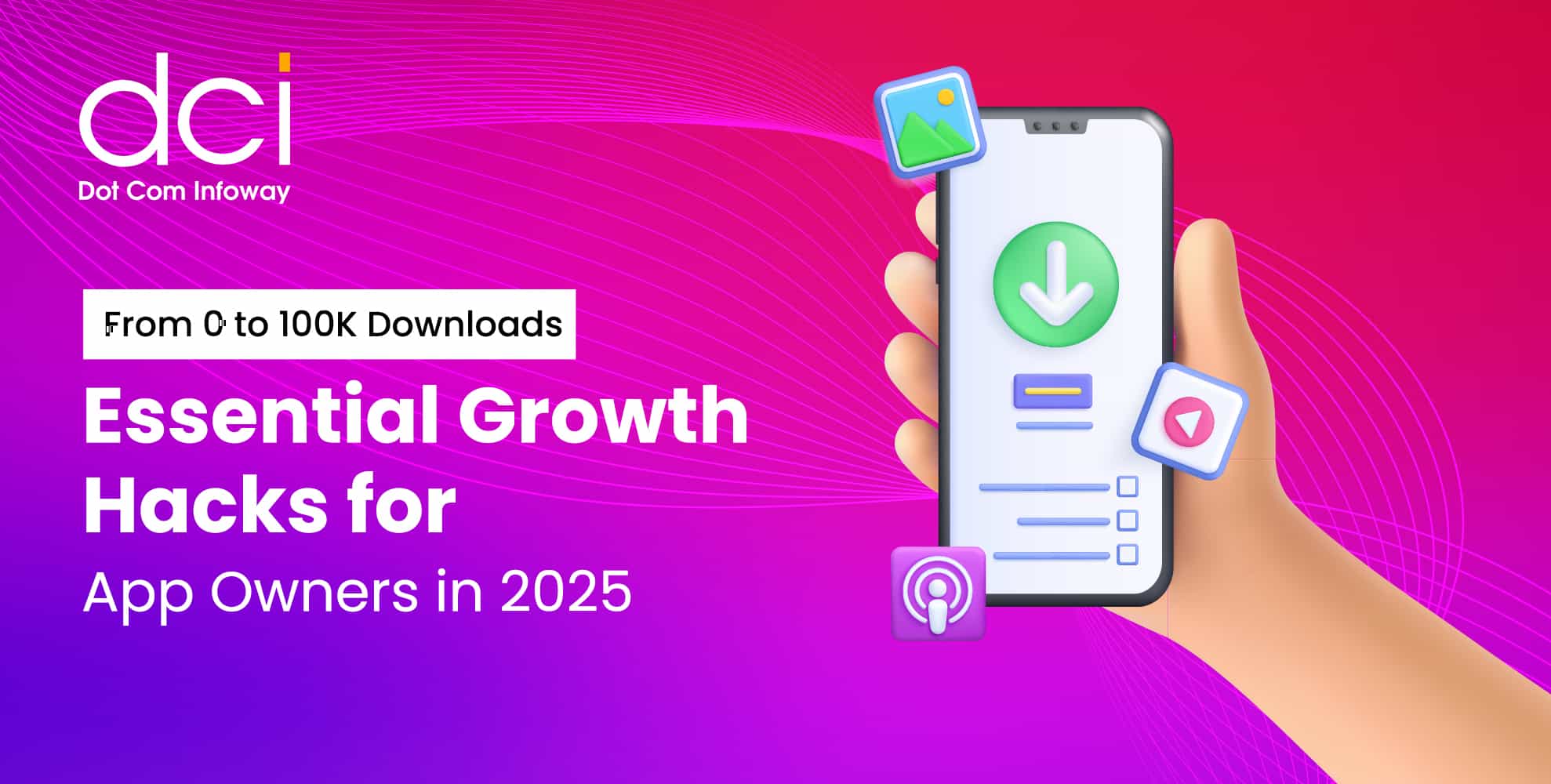

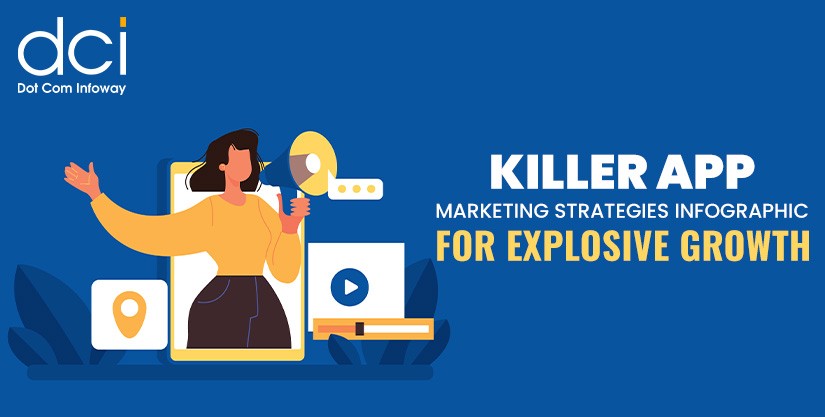
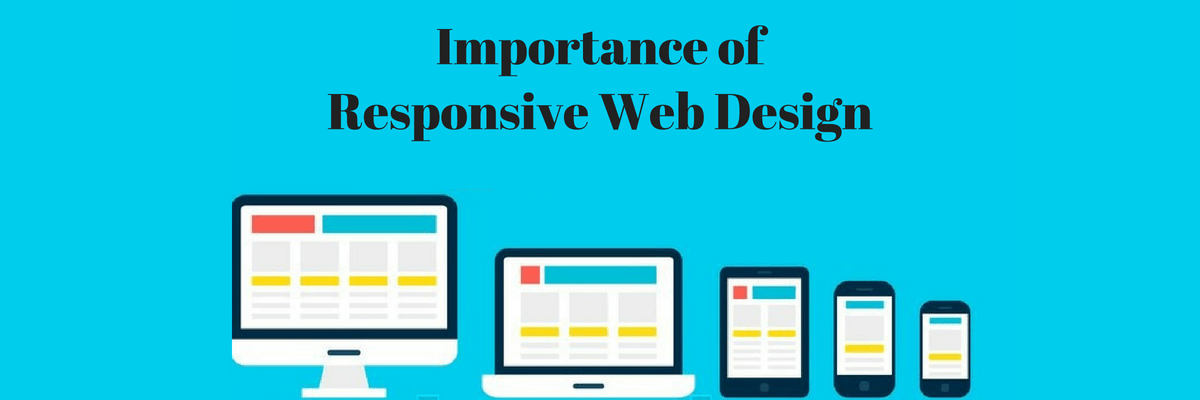
![The Game Marketing Guide: Pre and Post-Launch Strategies [Infographic]](https://www.dotcominfoway.com/wp-content/uploads/2023/09/DCI-Game-Marketing-blog-1.jpg)
